I want to fit an image of a clown like face into a contour of another face (a person). I am detecting the persons face and getting a elliptical-like contour. I can figure out the center, radius, highest, lowest, left-most and right-most points.
How do I fit the clown face (a square image which I can make elliptical by cutting the face out of the empty background of a png and then detecting the contour) into the persons face?
Or at the least, how do I fit a polygon into another polygon.
I can fit a rectangular image into a rectangular contour with ease, but faces aren't that shape.
Python preferable, but C++ is also manageable, thank you.
Edit: Visual representation as requested:
I have

and I want to make it like this:

but I want the clown face to stretch over the guys face and fit within the blue contour.